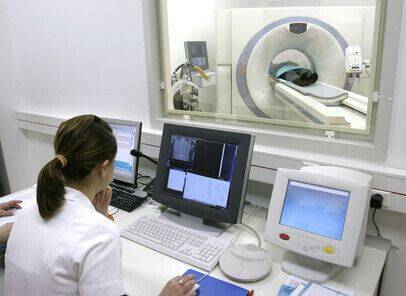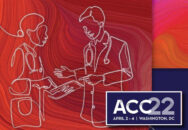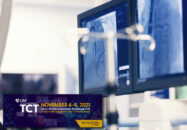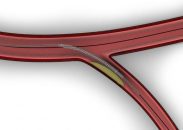Percutaneous coronary intervention in patients with acute myocardial infarction (AMI) where the physiopathological mechanism is plaque erosion or non-atherosclerotic mechanisms (such as spontaneous coronary artery dissection) is not beneficial according to recent studies. The EROSION study (Effective Anti-Thrombotic Therapy Without Stenting: Intravascular Optical Coherence Tomography–Based Management in Plaque Erosion) has shown medical treatment with no…
ACC 2022 | COMPLETE
Percutaneous coronary intervention improves angina related quality of life in AMI patients with multivessel disease. The COMPLETE study has shown patients receiving complete revascularization compared against culprit-only revascularization presented lower cardiovascular rate or AMI at 3-year followup. ACC featured a COMPLETE subanalysis assessing angina related quality of life. It included 4041 patients, mean age 62,…
IVUS in Femoropopliteal PCI: Should We Start Using It?
For approximately two decades now, PCI has been the treatment of choice in femoropopliteal territory, and even though technological developments and increasing operator experience have indeed improved outcomes, IVUS (which has showed great benefits in PCI, even reducing left main mortality) is hardly used in this territory. This was a prospective randomized controlled study including…
Post-PCI Ticagrelor Monotherapy in High-Risk Bleeding
In patients at high risk of bleeding undergoing coronary PCI and after completing 3-month DAPT with no events, you may discontinue aspirin and follow up with ticagrelor monotherapy. This will significantly reduce bleeding without increasing ischemic events. With this strategy, the greater the risk of bleeding, the greater the absolute reduction of bleeding. Patients at…
The FDA Approves Intravascular Lithotripsy for Calcified Lesions
The US Food and Drug Administration (FDA) has cleared the shockwave lithotripsy system to treat severely calcified plaque lesions. The device uses a balloon to release pressure sound waves capable of passing through the softest material, and possibly rupture calcified plaque and optimize stent implantation. As such, it has the potential to replace or, at…
AHA 2021 | Meta-Analysis of Surgery vs. Angioplasty in Left Main Coronary Artery Disease
According to this new meta-analysis (presented at AHA 2021 and published in The Lancet), mortality is similar between surgery and angioplasty to treat left main coronary artery in patients with simple or intermediate anatomy. This new study estimates that, after 5 years, mortality with surgery would be 11.2% vs. 10.2% with angioplasty, a non-significant difference. This debate…
TCT 2021 | FAVOR III: Angiography-Derived FFR: An Event-Prevention Tool
Compared with visual estimation of lesions, using quantitative angiography-derived fractional flow reserve (quantitative flow ration, QFR) provides better clinical outcomes at one year for angioplasty. These results emerge from the Chinese FAVOR III study, presented at the 2021 TCT scientific sessions and simultaneously published in The Lancet. The simplicity and safety offered by QRF—since there is…
AFIRE Trial: Atrial Fibrillation and PCI. What is the Ideal Therapy?
Patients with atrial fibrillation undergoing percutaneous coronary intervention (PCI) will benefit from rivaroxaban monotherapy both in terms of safety and efficacy. The AFIRE study included 2215 patients with atrial fibrillation and stable coronary artery disease (CAD). A subgroups analysis recently published in JACC Intv evaluated patients undergoing coronary stenting. The study compared rivaroxaban + antiplatelet…
10 Years Treating Bifurcations: Have We Made Progress?
Bifurcations have been, are and will be challenging. However, we have to admit we have gained experience and have more tools than pioneer interventionists and many of the early experts who have made history. This study assessed the ten-year trends in coronary bifurcation percutaneous coronary intervention (PCI) looking at patient and lesion characteristics, devices used,…
HOST-EXAM: The Study that Challenges Aspirin as Long-Term Antiplatelet Therapy
The HOST-EXAM study (which was prospective, randomized, and open-label, with the participation of 37 Korean sites) was specifically designed to determine the role of aspirin as the long-term antiplatelet therapy of choice after angioplasty with current drug-eluting stents. To this end, the study compared aspirin head-to-head with clopidogrel. Over the course of four years, 5438 patients (mean…









